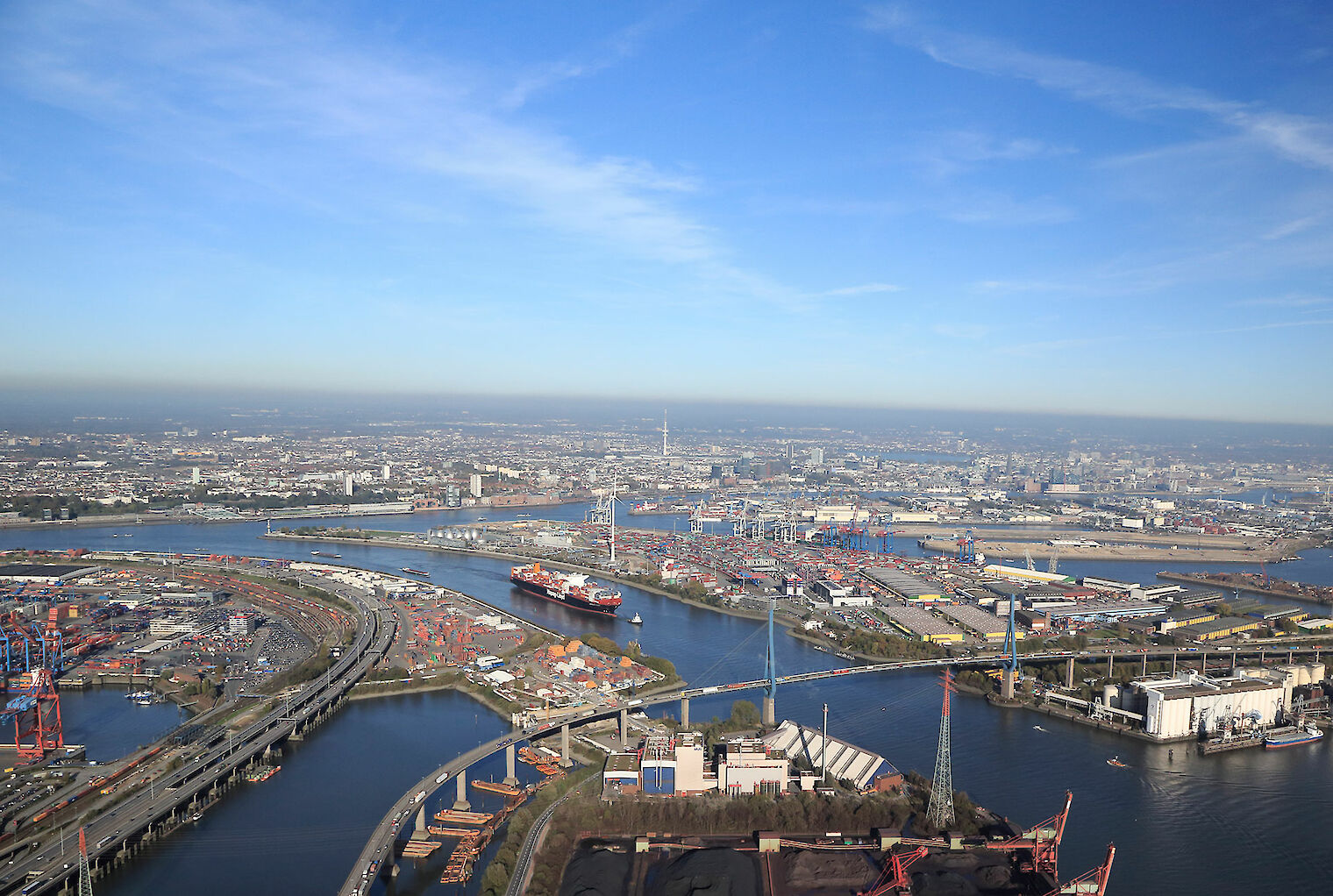News
25 Apr 2024
Digital “Authorization for Pick-Up” will replace PIN…
DAKOSY and dbh make container imports via German sea ports more secure.
The geographical location between the North Sea and the Baltic Sea as well as and the excellent performance of the port industry makes the Port of Hamburg the leading foreign trade hub of Germany. As Germany's biggest multipurpose port, it is of crucial importance for European inland markets with up to 450 million consumers. Hamburg generates a total annual gross value added of around 20 billion euros and directly and indirectly employs more than 260.000 people.
State-of-the-art technology of the handling facilities, data communication systems, an efficient transport infrastructure and high-performance feeder and hinterland connections create the conditions for the exchange of goods with trading partners all over the world. In addition, the port plays a major role in export and import logistics for industry and trade in Hamburg and the metropolitan region.
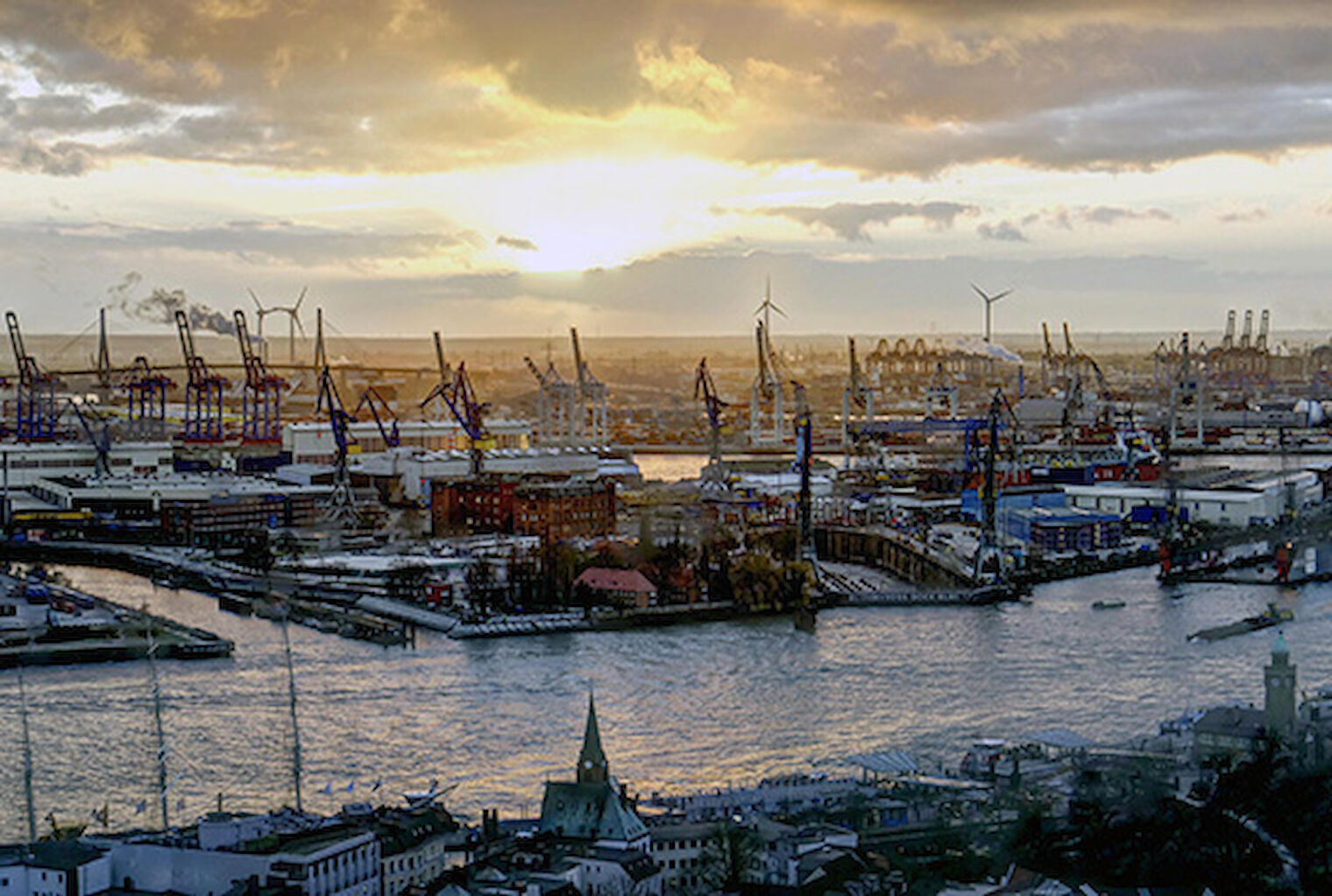
The port's location lowers transport costs and ideally connects markets in Germany, Central, Eastern and Northern Europe to worldwide transport routes by feeder and river barges, rail and truck at low cost (link to our liner services).
Due to the short distance to the busiest navigable artificial waterway in the world, the Kiel Canal, the Port of Hamburg is the ideal location for connections to the Scandinavian region and the Baltic States. The Elbe River and the Elbe-Seiten Canal ensure smooth transport of goods by river barge to the south and center of Germany as far as the Czech Republic. Alternatively, the railroad can be used at any time. The rail network is very well developed and offers connections in all directions. Germany's well-developed road network also provides this service. It makes it easy to transport goods by truck via the A7 highway to the north or south. At the same time, the A1 highway provides ideal connections to the west and east of Europe.
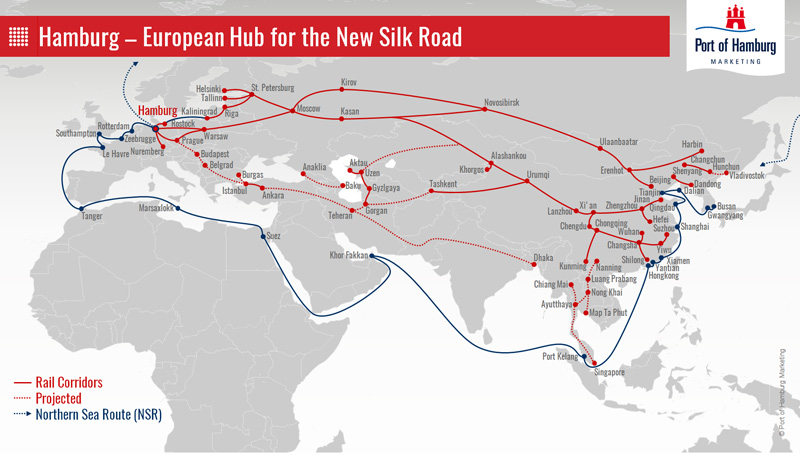
The main advantage of the Port of Hamburg is its excellent rail connections. Around 2.000 container train connections are offered weekly to/from Hamburg to the European hinterland. To the Czech Republic, Austria and Hungary, over 90 percent of shipments to and from the Port of Hamburg are carried by rail. Europe's No. 1 rail port also plays a key role in the New Silk Road to China, with 200 scheduled connections per week.
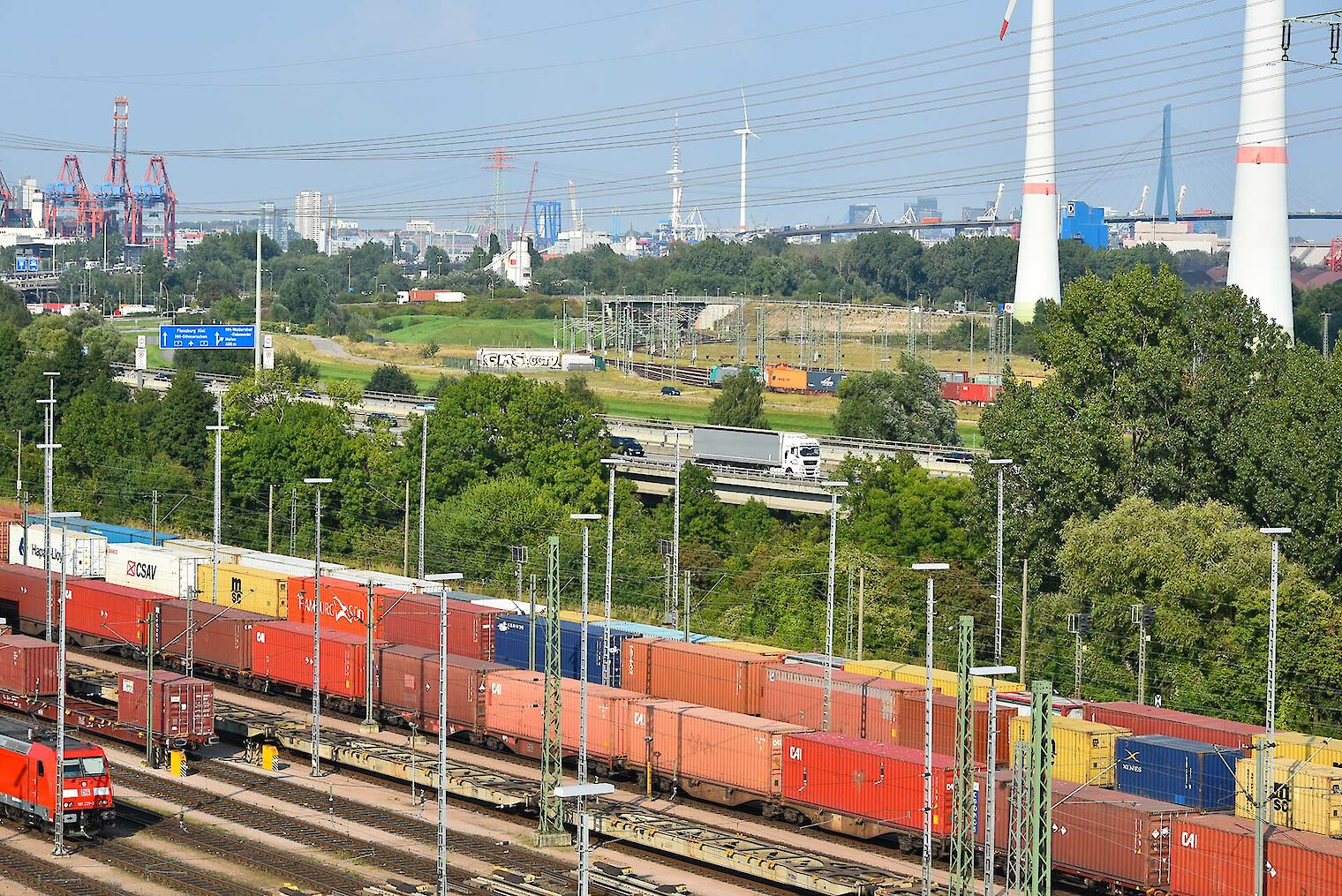
All types of vessels can be handled at Hamburg's facilities and almost all types of goods can be transhipped. In total, there are around 75 terminals in the port area. Container terminals operated by HHLA and Eurogate are available specifically for the world's largest container ships. Another important pillar for the port is conventional general cargo that does not fit into containers: Machine parts, turbines, RoRo goods, vehicles or timber. Multipurpose terminals handle heavy lift, conventional general cargo and project cargo. Bulk terminals handle grab, suction and liquid cargo such as coal, grain or oils.
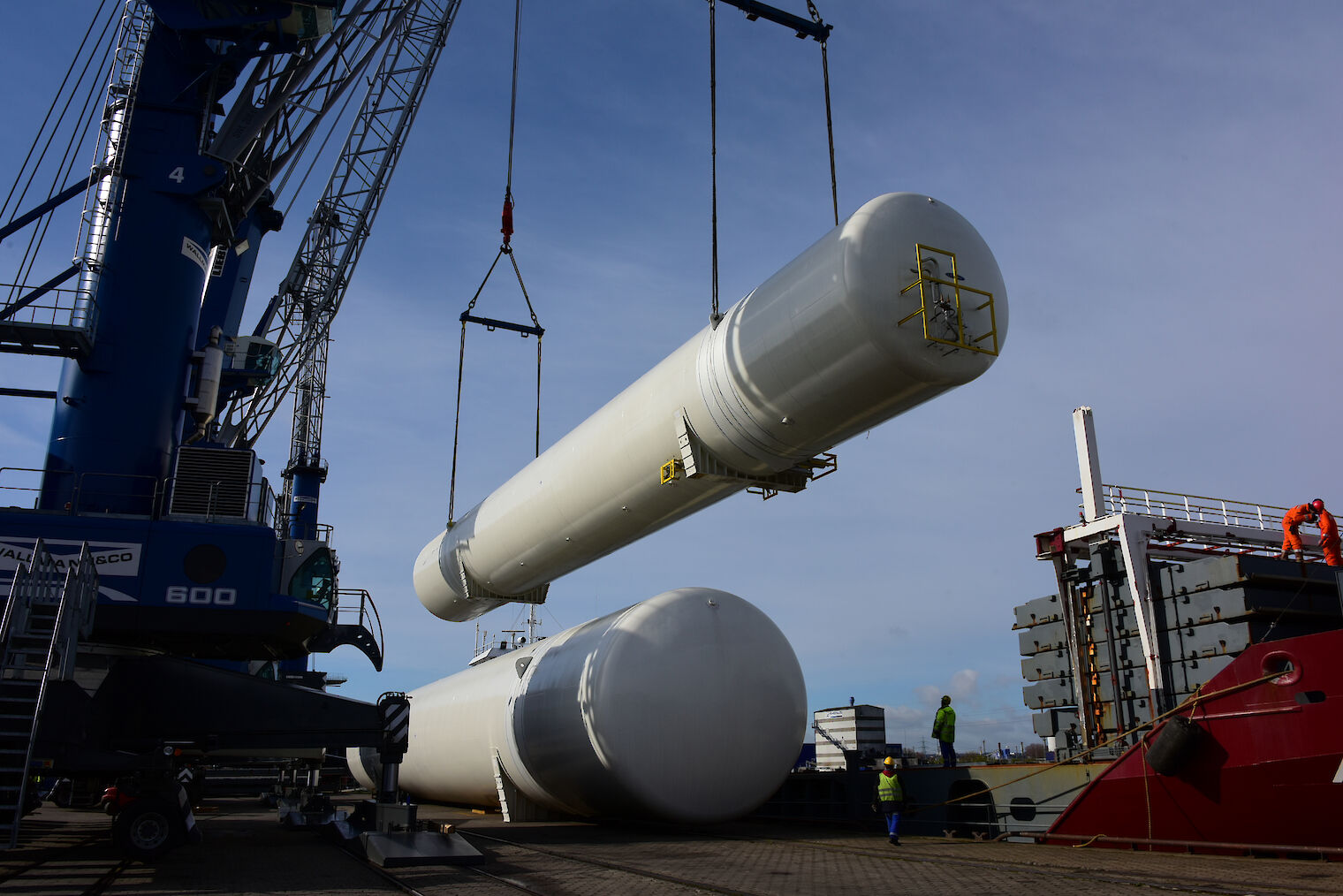
The Hamburg Port Authority (HPA) manages the entire port area in Hamburg. It leases the areas and takes care of the infrastructure. This means that the HPA is responsible for the quays, roads, bridges and dredging the fairway, while approximately 1.500 companies take care of their facilities and cranes.
The stakeholders of the Port of Hamburg are well prepared for the future. The digitalization strategy of the Hamburg Port Authority (HPA) and the port companies gives Hamburg a leading role in various areas such as sustainability, virtual reality or drone use, both under water and in the air.
No other port has a system like the Hamburg Vessel Coordination Center (HVCC), which coordinates ship calls and advises shipping companies on how they can call at the port without any problems and still save expensive fuel. Incidentally, this also reduces CO2 emissions. The HVCC now serves as a role model for traffic control worldwide.
